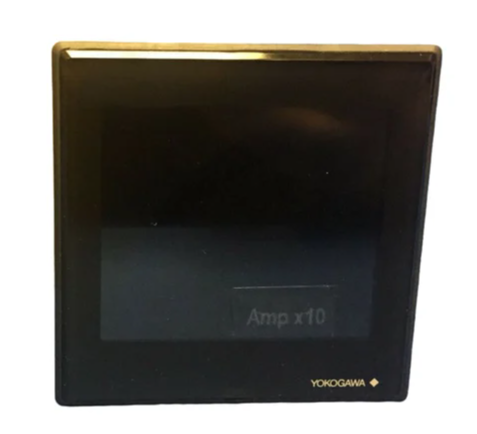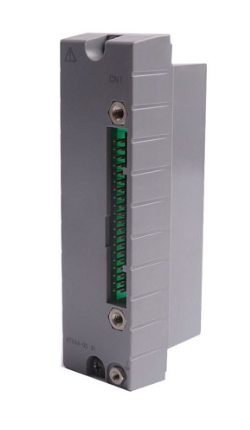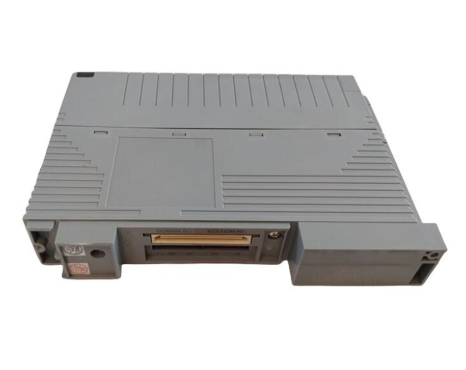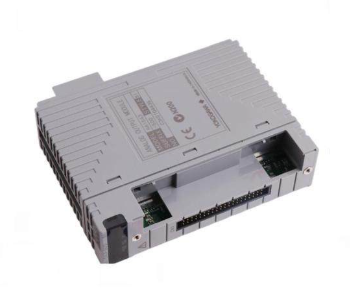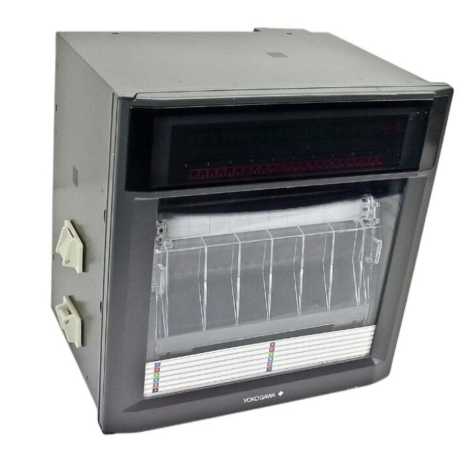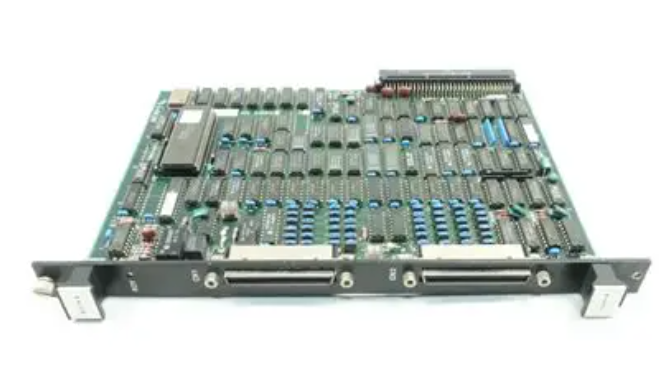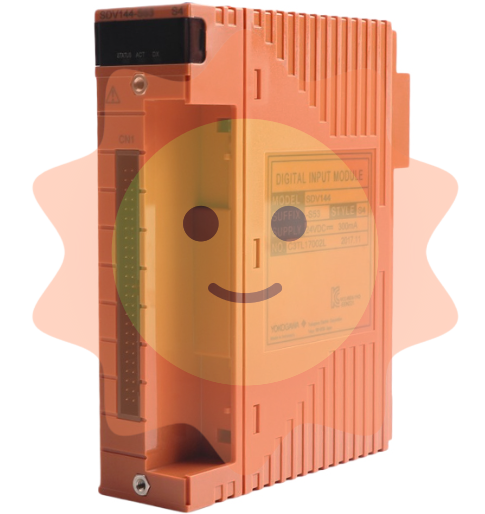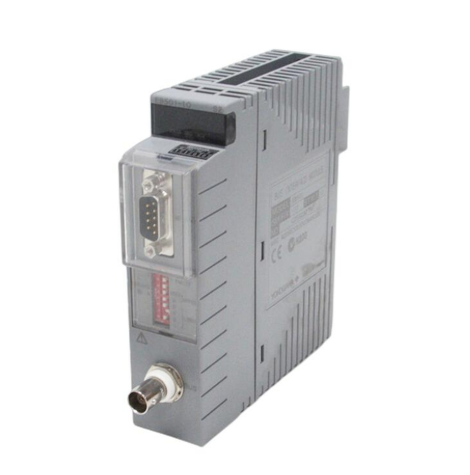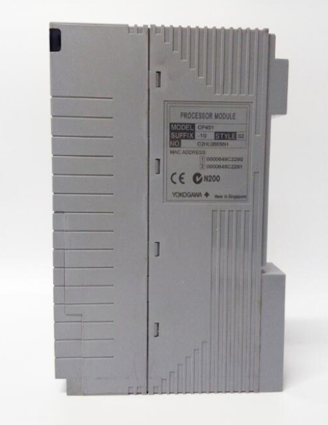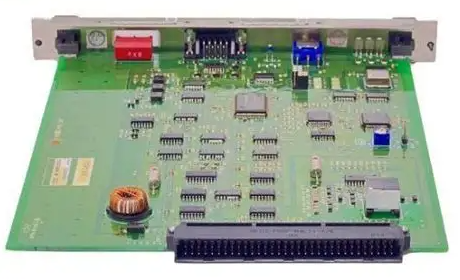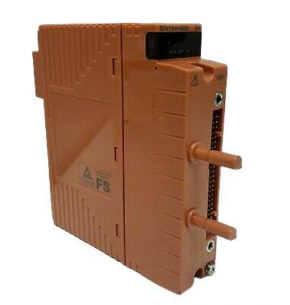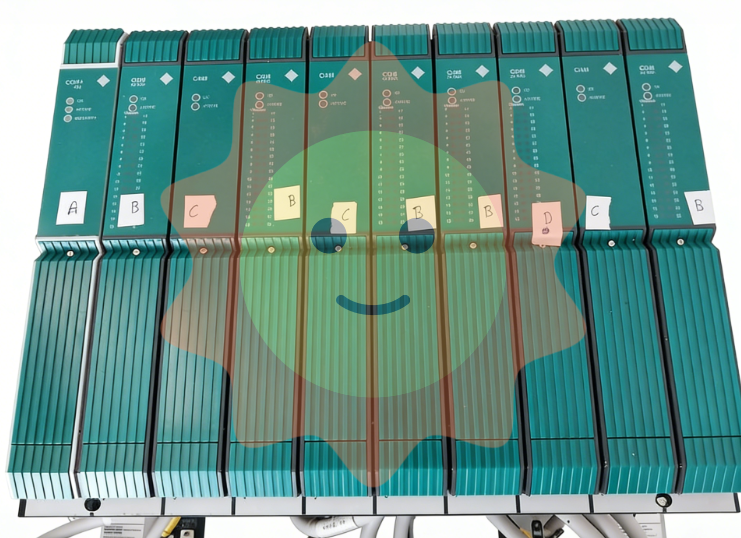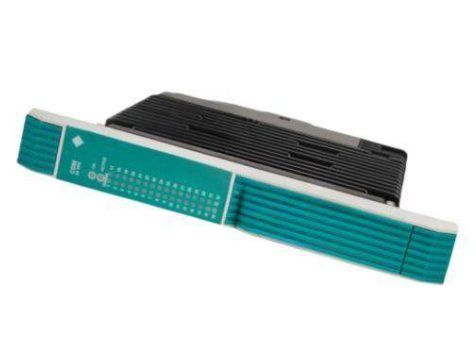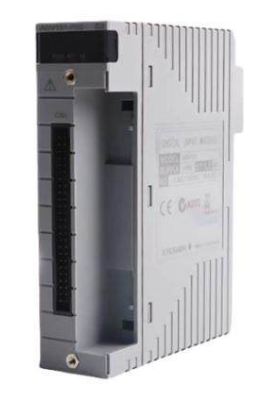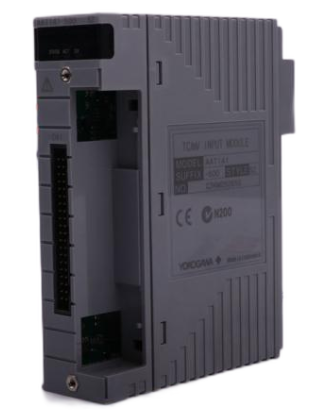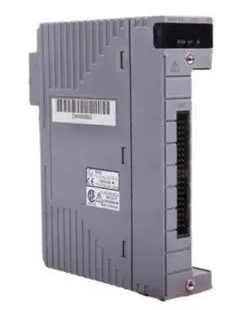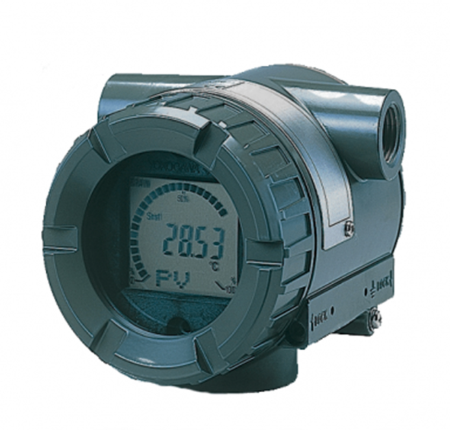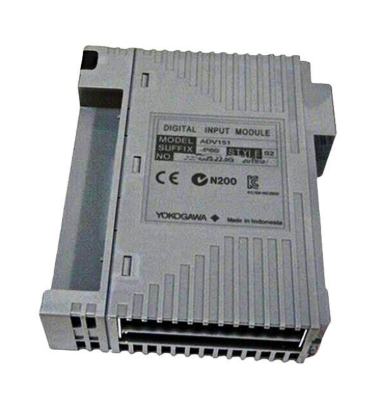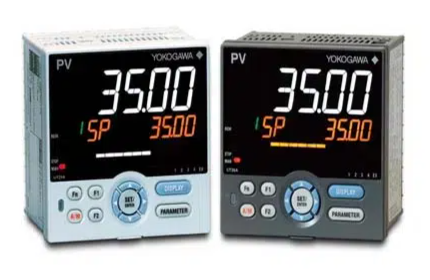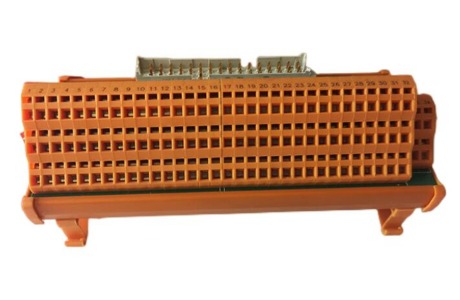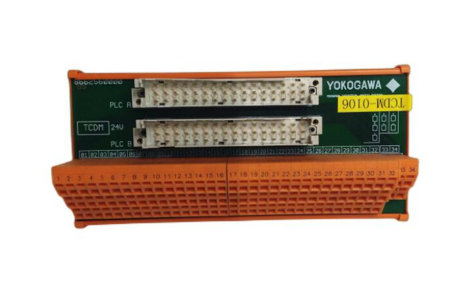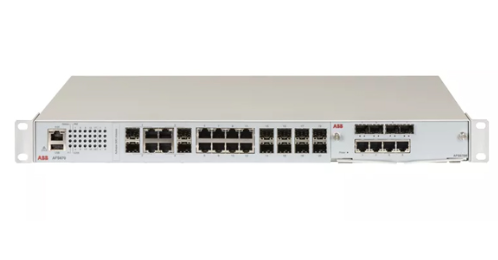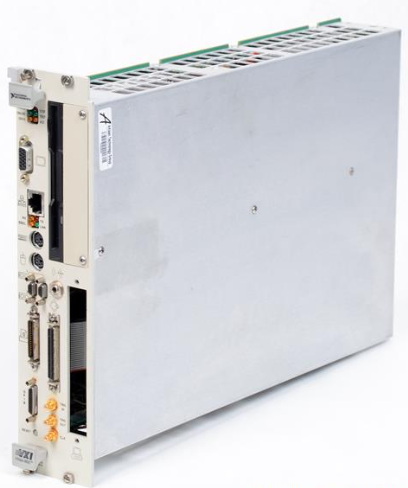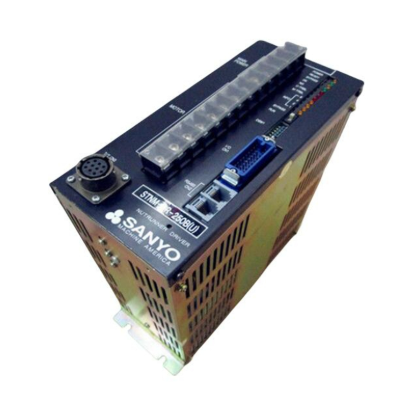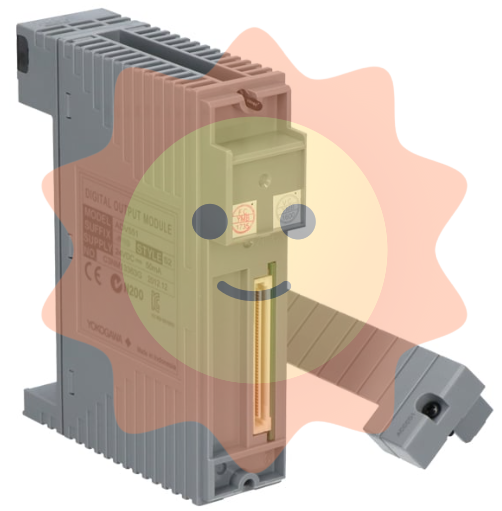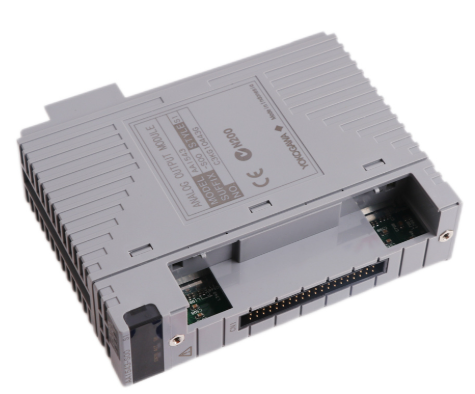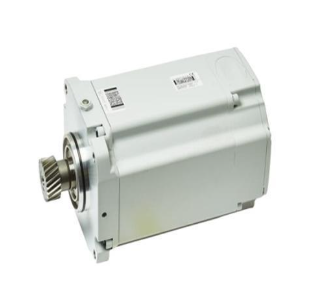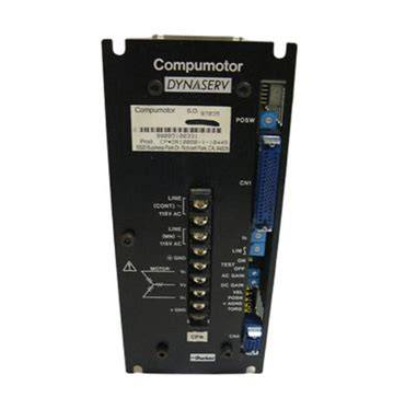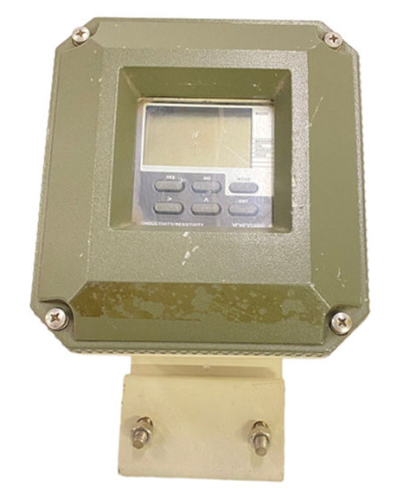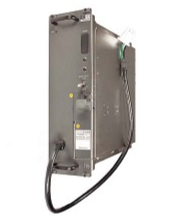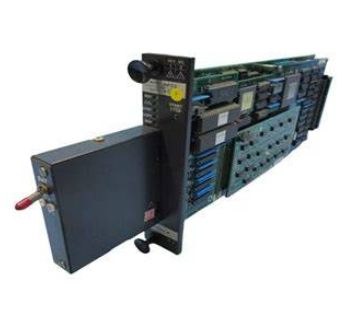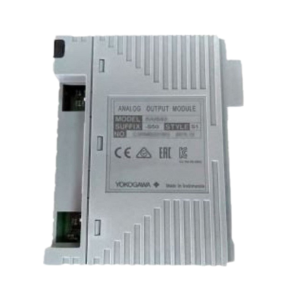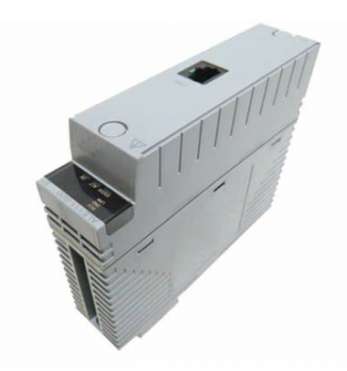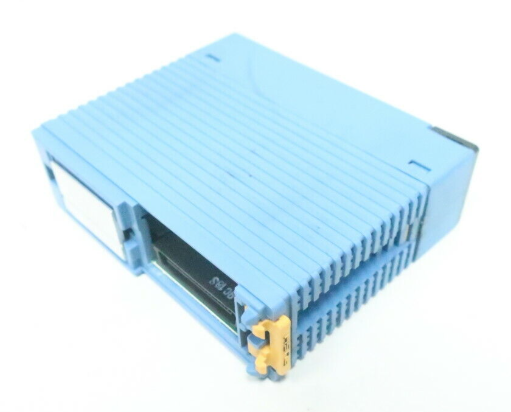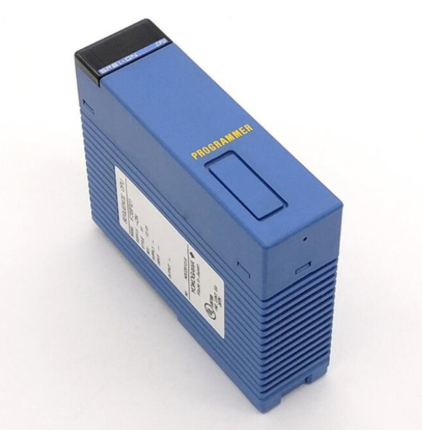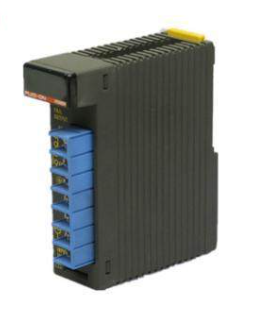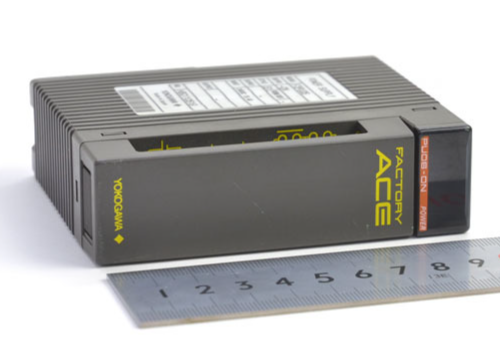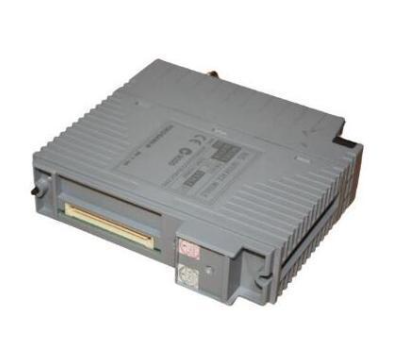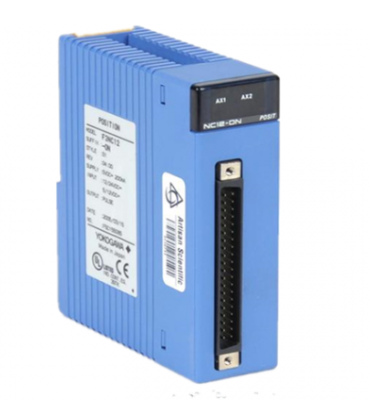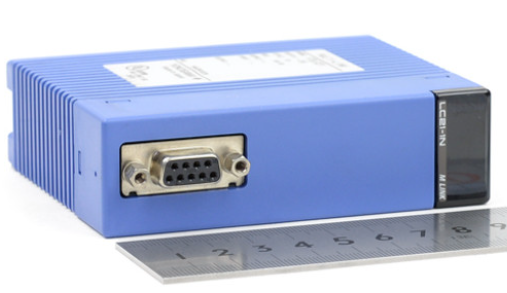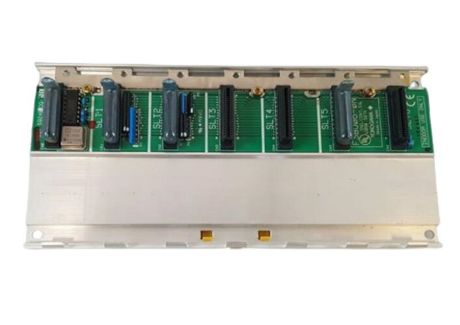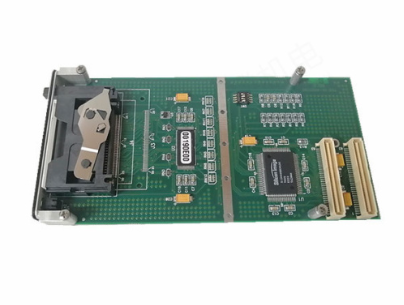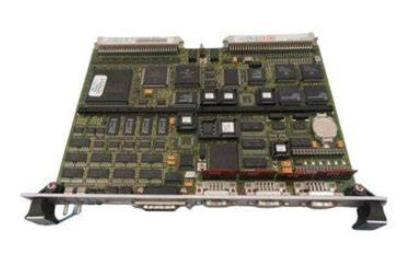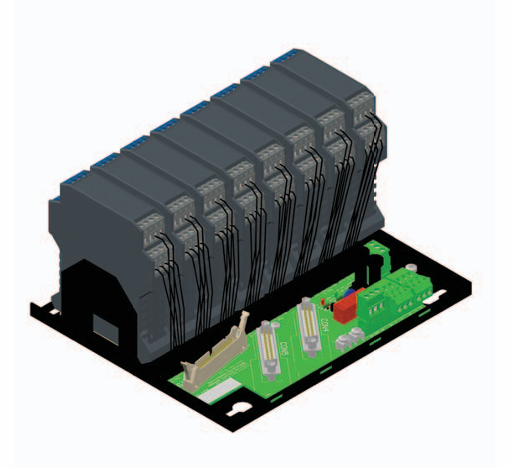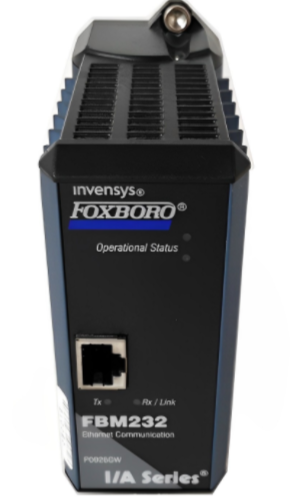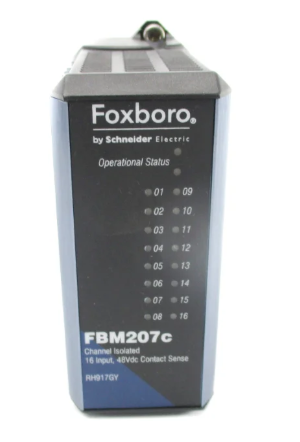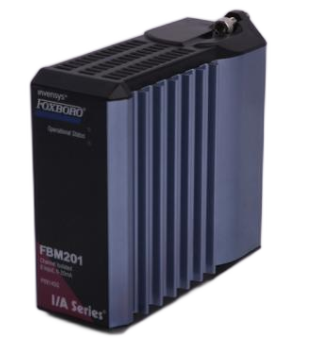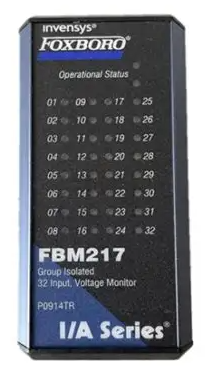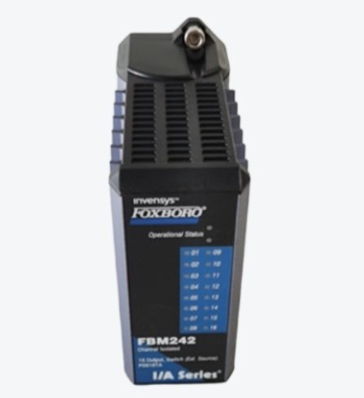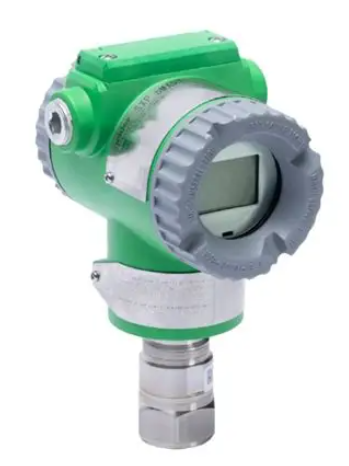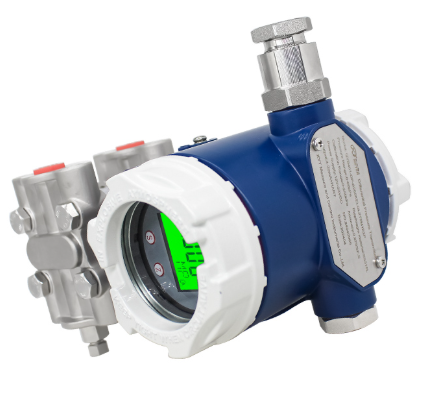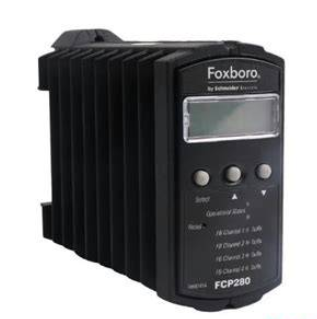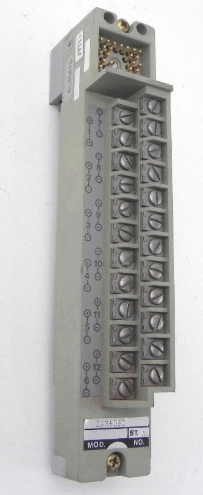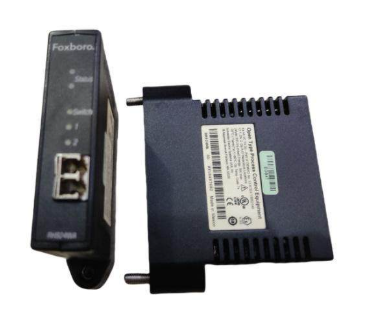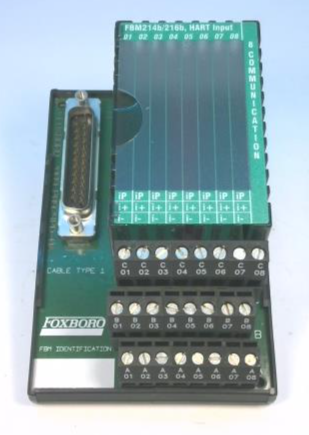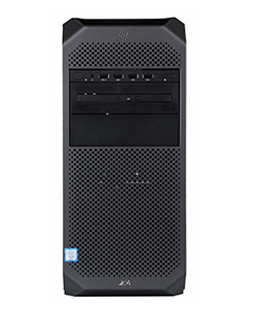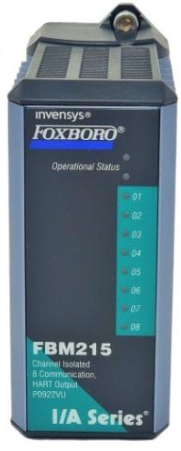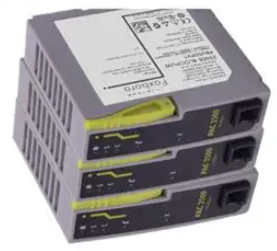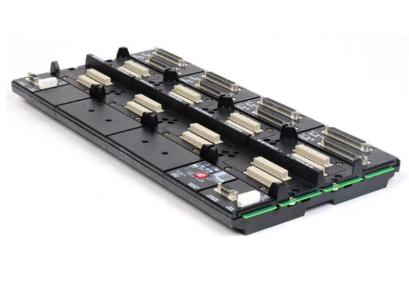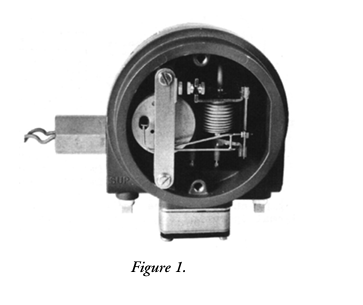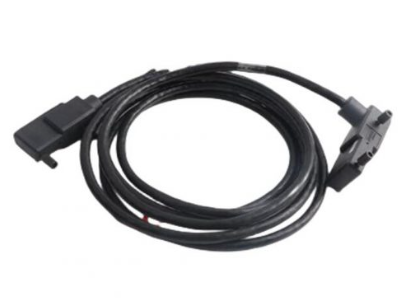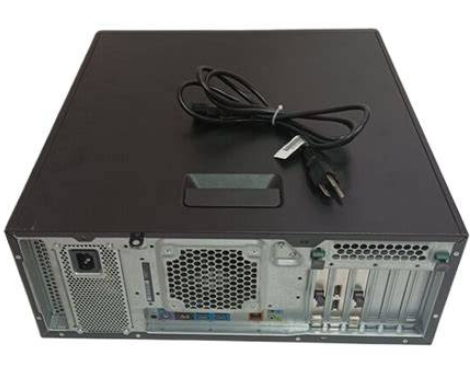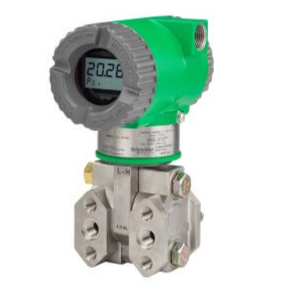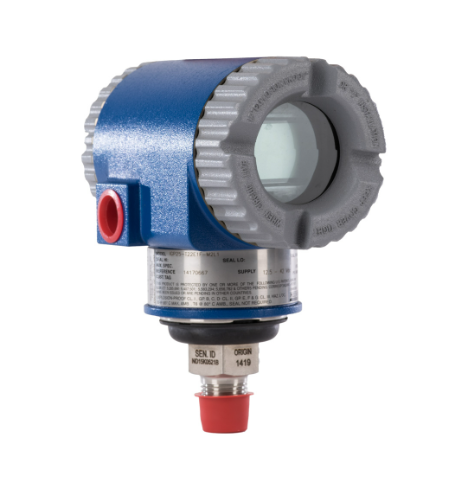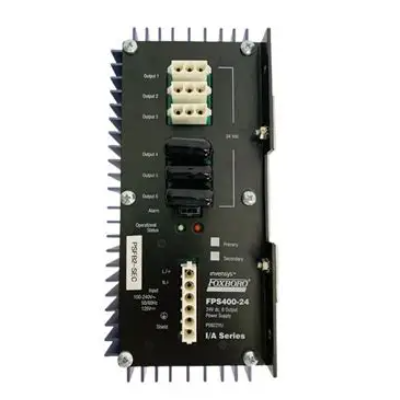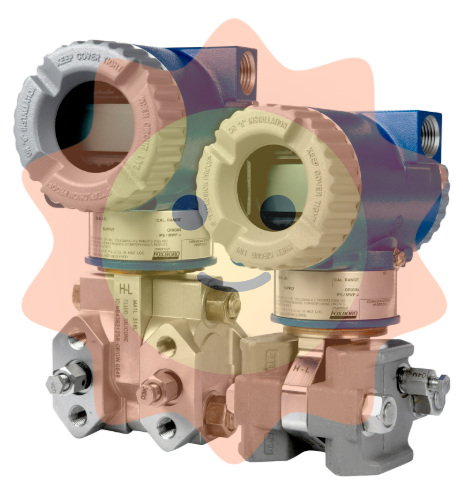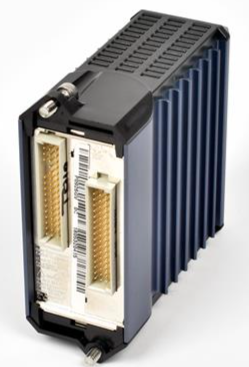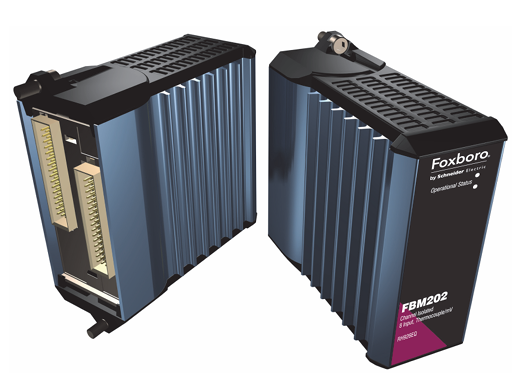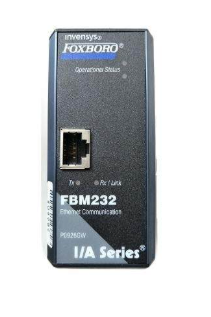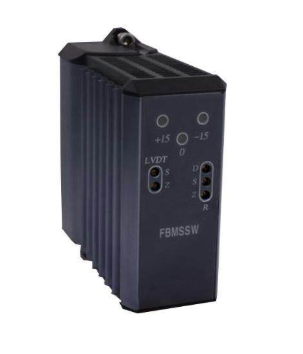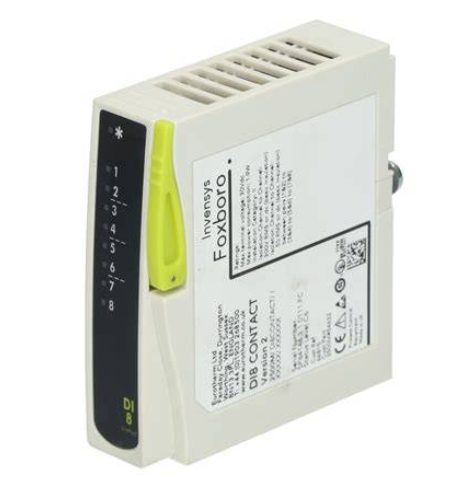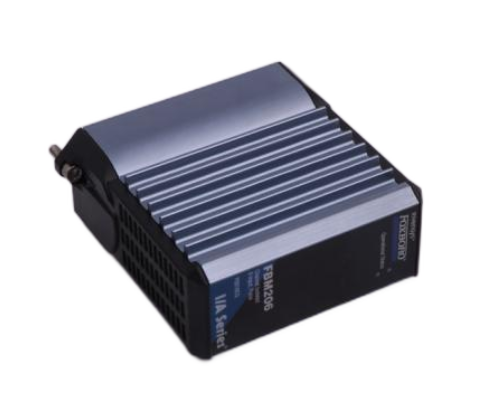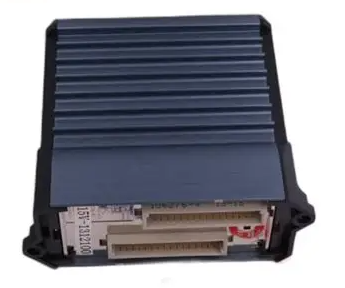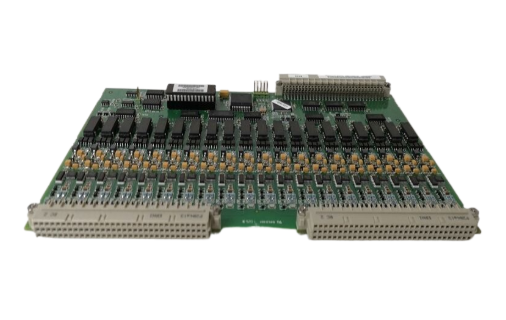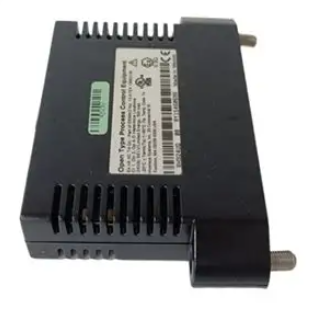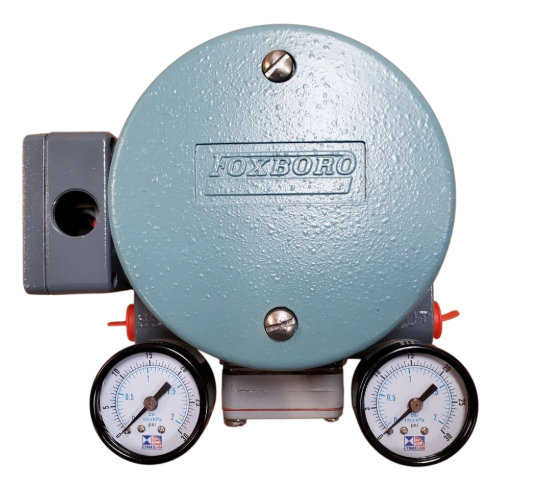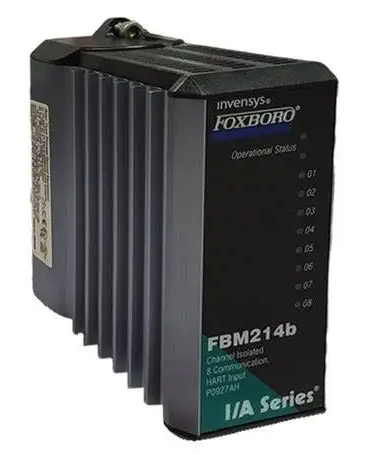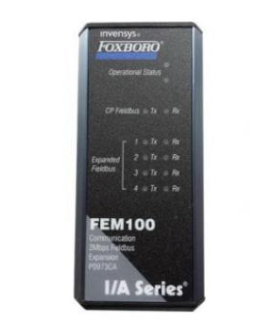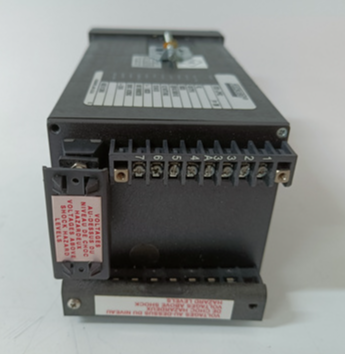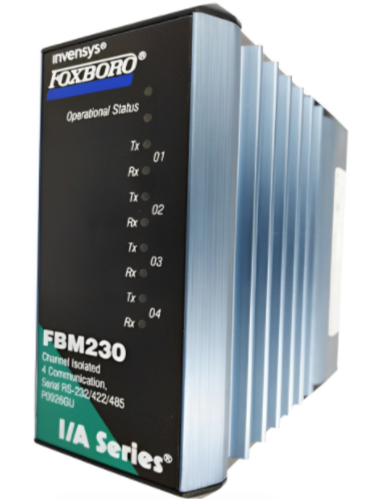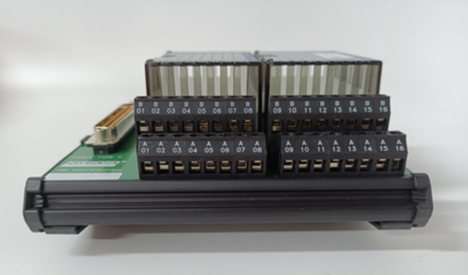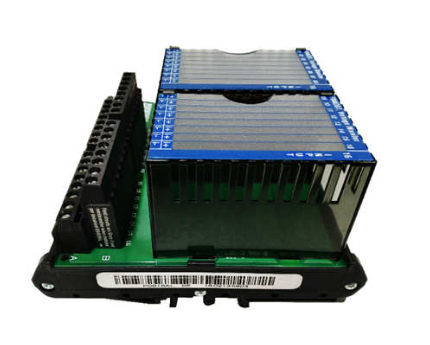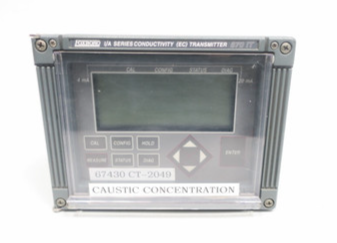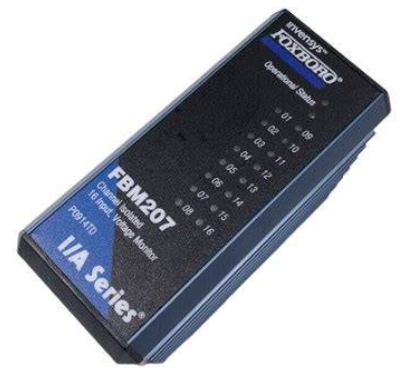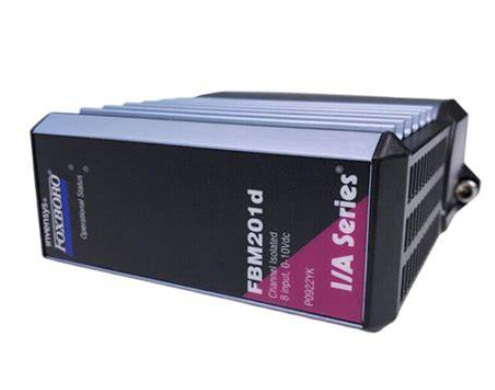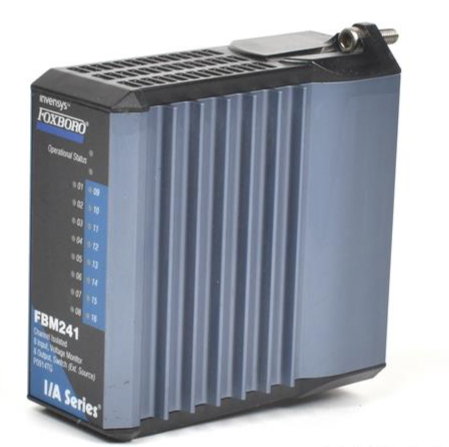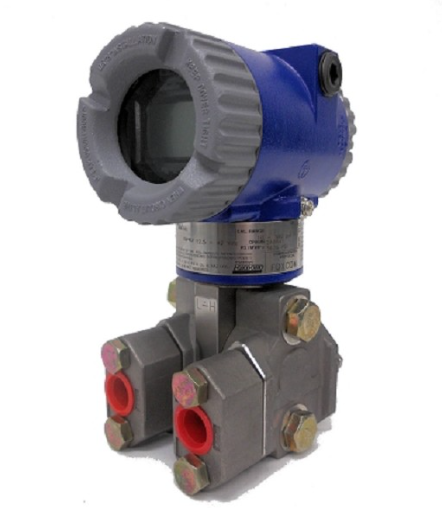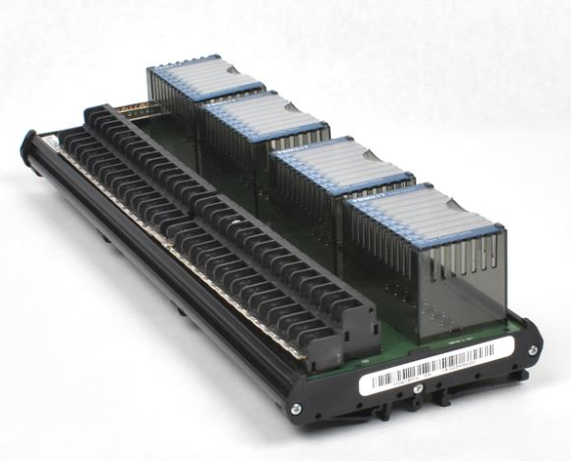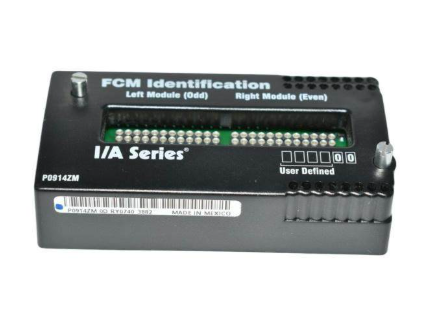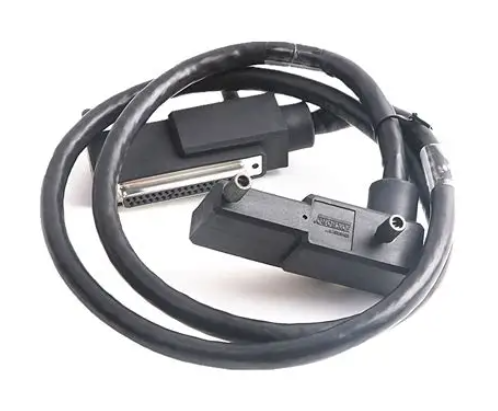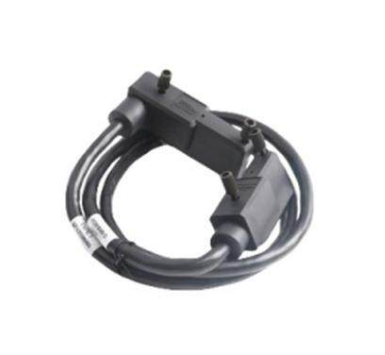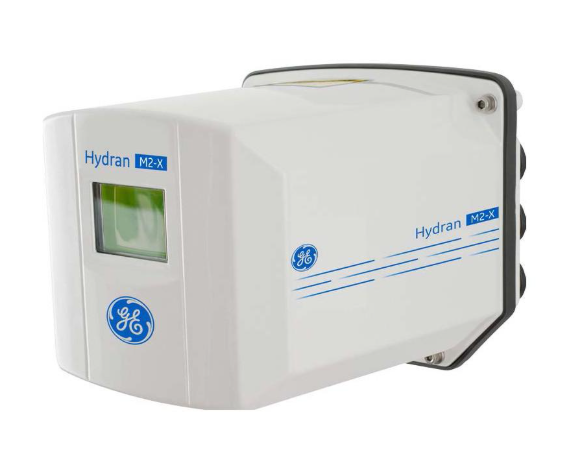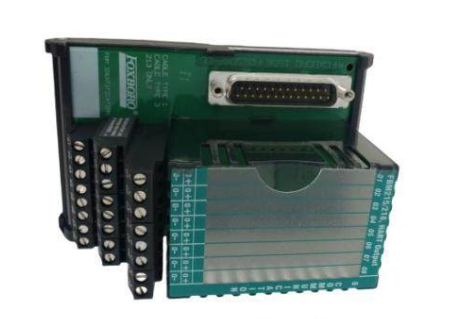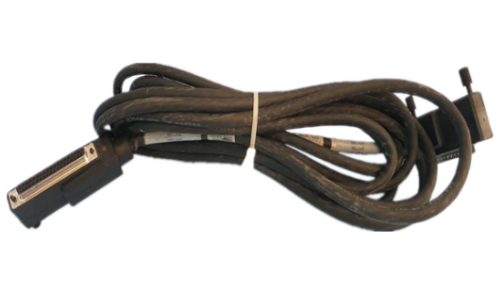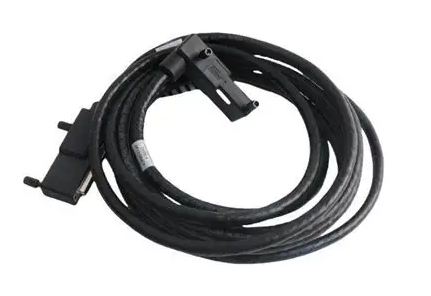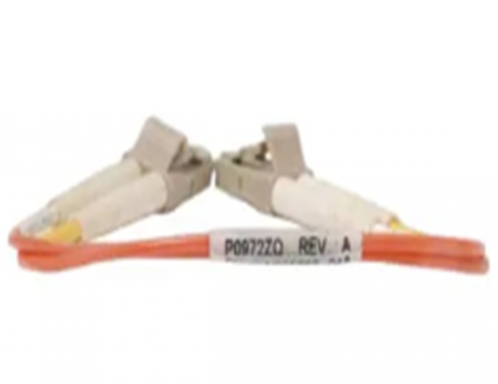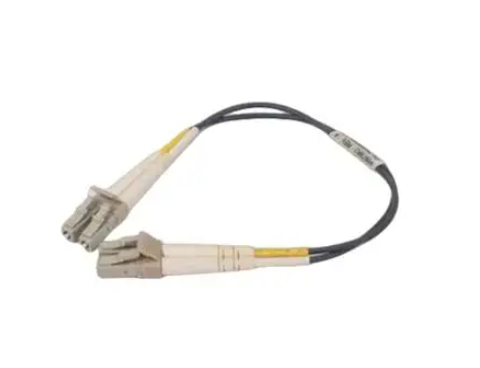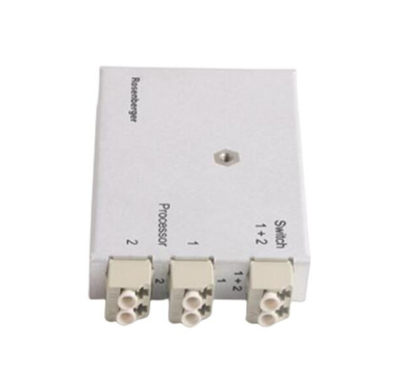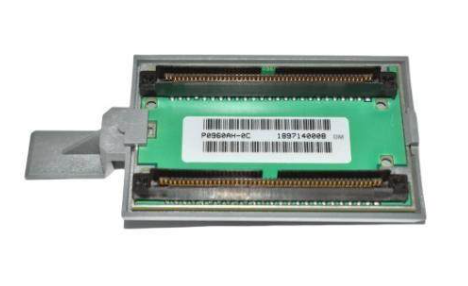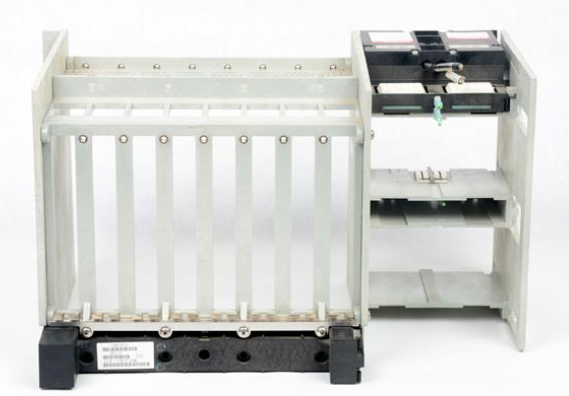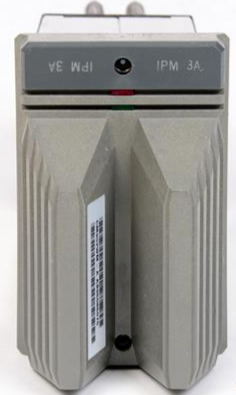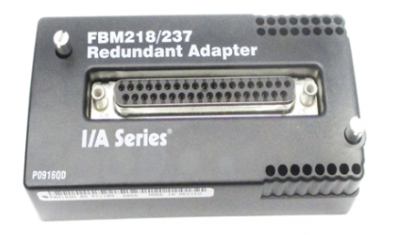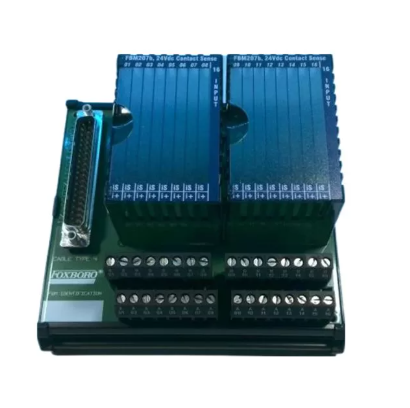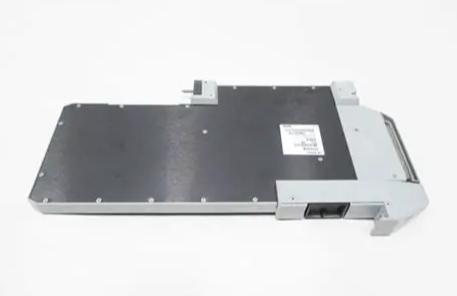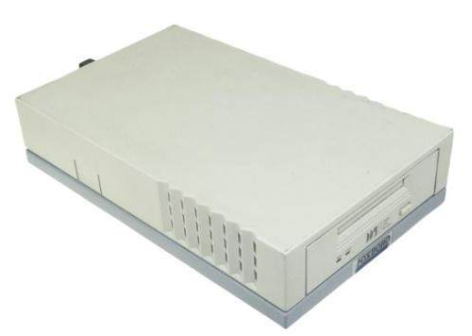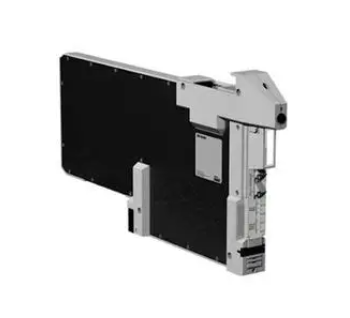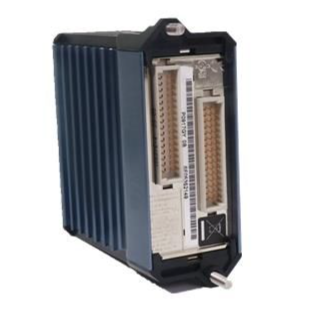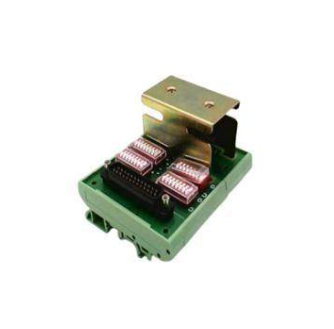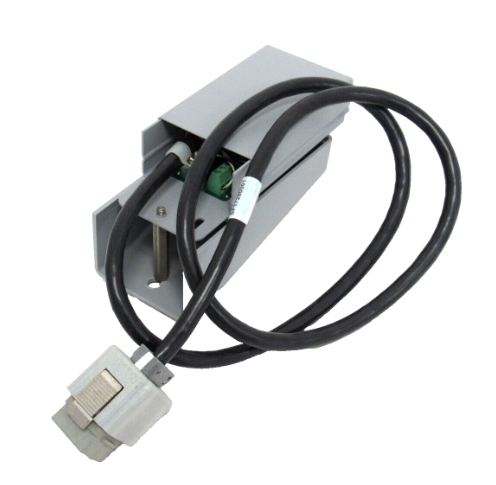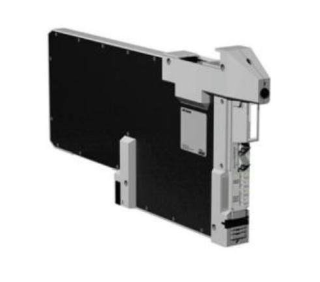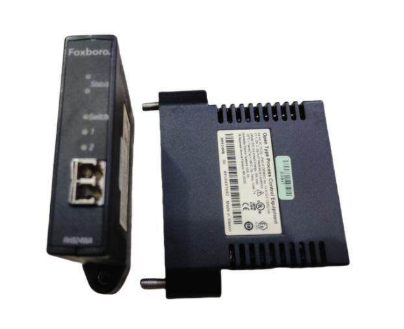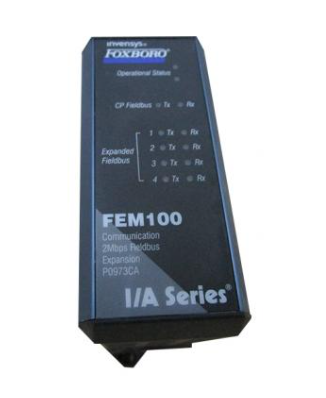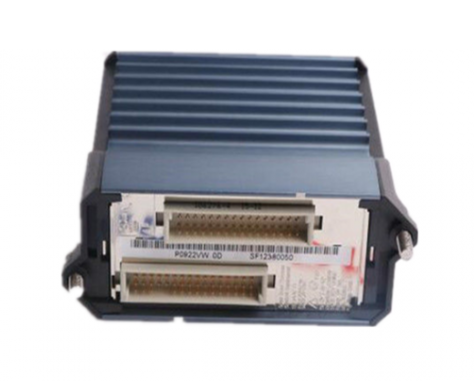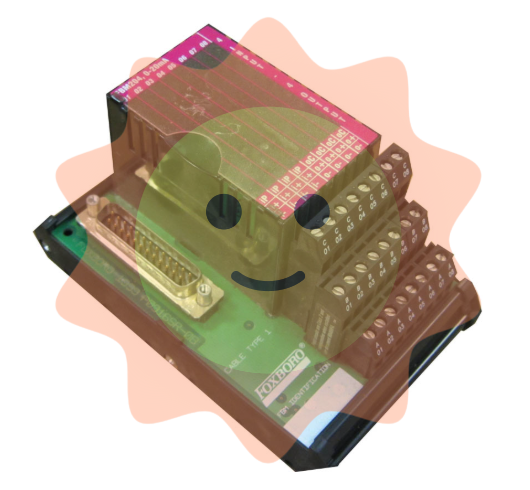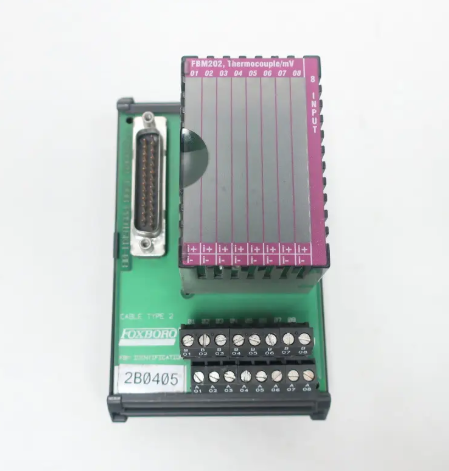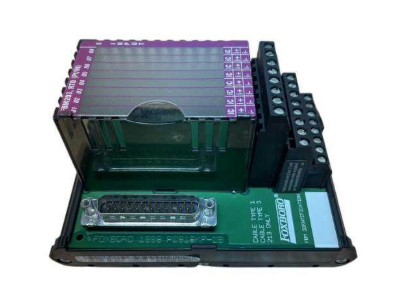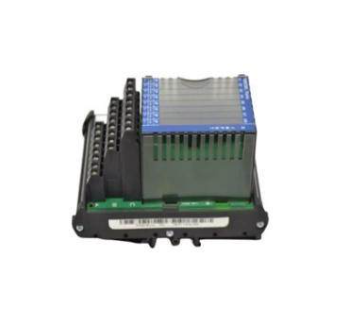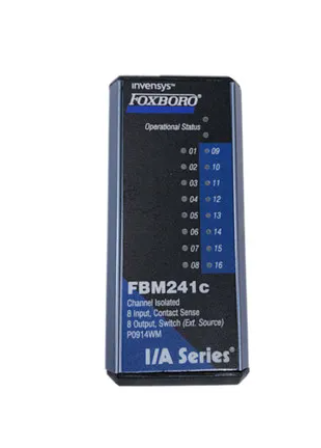ALSTOM MVAJ1L1GB0771B Auxiliary Transmission Relay
ALSTOM MVAJ1L1GB0771B Auxiliary Transmission Relay
Product Overview
MVAJ1L1GB0771B auxiliary transmission relay is mainly used for auxiliary protection and control of power transmission systems. It can accurately receive various signals, and through complex internal logic operations and processing, quickly respond, thereby achieving effective control and protection of power equipment. In the power transmission network, whether it is substations, transmission lines, or various types of power users, this relay can play an indispensable role.
Performance parameters
Rated voltage: Supports multiple common rated voltage specifications, such as 24V DC, 48V DC, 110V DC, 220V DC, etc., to meet the needs of different power systems. This multi voltage specification design enables the relay to be widely used in various occasions, whether it is small power equipment or large power engineering, suitable voltage matching can be found.
Action voltage: The action voltage is usually lower than a specific value of the rated voltage, which ensures that the relay can operate accurately when the voltage fluctuates. For example, when the voltage of the power system drops slightly but remains within the normal fluctuation range, the relay will not malfunction; When the voltage drops to the threshold that affects the normal operation of the equipment, the relay can quickly respond and perform corresponding protective actions.
Reset voltage: The reset voltage is lower than a specific value of the sustain voltage. After the fault is resolved and the power system returns to normal, the relay can quickly reset under appropriate voltage conditions, preparing for the next possible task and ensuring the continuous and stable operation of the power system.
Contact type: It has multiple sets of normally open (NO) or normally closed (NC) contacts, and the specific configuration depends on different application scenarios and customer needs. Normally, normally open contacts are in an open state and close when the relay is activated; Normally closed contacts are the opposite, closed normally and open when the relay is activated. This flexible contact configuration enables relays to meet the requirements of different control logics, such as starting devices, stopping devices, and sending signals.
Contact capacity: With high breaking capacity, it can reliably drive loads such as circuit breaker trip coils. When a fault occurs in the power system, the powerful contact capacity ensures that the relay can quickly cut off the fault current, protect the power equipment from damage, and ensure the safe and stable operation of the power system.
Response time: The response time is extremely short, usually in milliseconds. In the rapidly changing power system, fast response time is crucial. When an abnormal signal is detected, the relay can react in a very short time, execute protective actions in a timely manner, and minimize the impact of faults on the power system.
Power consumption: Extremely low power consumption, meeting the requirements of modern power systems for energy conservation and efficiency. Low power design not only reduces energy consumption, but also reduces the heating problem of the relay itself, improving the reliability and service life of the equipment.
Insulation strength: meets relevant insulation standards and can effectively prevent electrical short circuits and leakage problems. In complex power environments, good insulation performance ensures the stable operation of relays, avoiding equipment failures and safety accidents caused by poor insulation.
Working temperature: The working temperature range is -25 ° C to+70 ° C, which can adapt to various harsh working environments. Whether in cold northern regions, hot southern regions, or in high-temperature industrial environments or low-temperature outdoor environments, this relay can work normally to ensure the stable operation of the power system.
Application Fields
Transmission line protection: In the distance protection and directional overcurrent protection schemes of transmission lines, the MVAJ1L1GB0771B relay receives the tripping signal of the protection relay and quickly drives the line circuit breaker to quickly cut off the fault. For example, when a short circuit fault occurs in a transmission line, the relay can detect the fault signal within milliseconds and transmit the trip signal to the circuit breaker, causing the circuit breaker to quickly cut off the faulty line, prevent the fault from expanding, and ensure the safe operation of the transmission line.
Transformer protection: In differential protection, overcurrent protection and other protection schemes for transformers, this relay is used to drive the transformer circuit breaker to trip and isolate transformer faults. When faults such as winding short circuit and overload occur inside the transformer, the relay can respond promptly by driving the circuit breaker to trip, isolating the faulty transformer from the power system and protecting the transformer and other equipment from further damage.
Generator protection: Among various protection schemes for generators, MVAJ1L1GB0771B transmits the tripping command of the protection relay to the generator outlet circuit breaker to achieve fault removal. When internal faults occur in the generator, such as stator winding short circuit, rotor grounding, etc., the relay can quickly act to trip the generator outlet circuit breaker, protecting the safe operation of the generator and avoiding serious impact on the power system.
- EMERSON
- Honeywell
- CTI
- Rolls-Royce
- General Electric
- Woodward
- Yaskawa
- xYCOM
- Motorola
- Siemens
- Rockwell
- ABB
- B&R
- HIMA
- Construction site
- electricity
- Automobile market
- PLC
- DCS
- Motor drivers
- VSD
- Implications
- cement
- CO2
- CEM
- methane
- Artificial intelligence
- Titanic
- Solar energy
- Hydrogen fuel cell
- Hydrogen and fuel cells
- Hydrogen and oxygen fuel cells
- tyre
- Chemical fiber
- dynamo
- corpuscle
- Pulp and paper
- printing
- fossil
- FANUC
- Food and beverage
- Life science
- Sewage treatment
- Personal care
- electricity
- boats
- infrastructure
- Automobile industry
- metallurgy
- Nuclear power generation
- Geothermal power generation
- Water and wastewater
- Infrastructure construction
- Mine hazard
- steel
- papermaking
- Natural gas industry
- Infrastructure construction
- Power and energy
- Rubber and plastic
- Renewable energy
- pharmacy
- mining
- Plastic industry
- Schneider
- Kongsberg
- NI
- Wind energy
- International petroleum
- International new energy network
- gas
- WATLOW
- ProSoft
- SEW
- wind
- ADVANCED
- Reliance
- YOKOGAWA
- TRICONEX
- FOXBORO
- METSO
- MAN
- Advantest
- ADVANCED
- ALSTOM
- Control Wave
- AB
- AMAT
- STUDER
- KONGSBERG
- MOTOROLA
- DANAHER MOTION
- Bently
- Galil
- EATON
- MOLEX
- Triconex
- DEIF
- B&W
- ZYGO
- Aerotech
- DANFOSS
- KOLLMORGEN
- Beijer
- Endress+Hauser
- MOOG
- KB
- Moxa
- Rexroth
- YAMAHA
- Johnson
- Westinghouse
- WAGO
- TOSHIBA
- TEKTRONIX
- BENDER
- BMCM
- SMC


Email:wang@kongjiangauto.com

